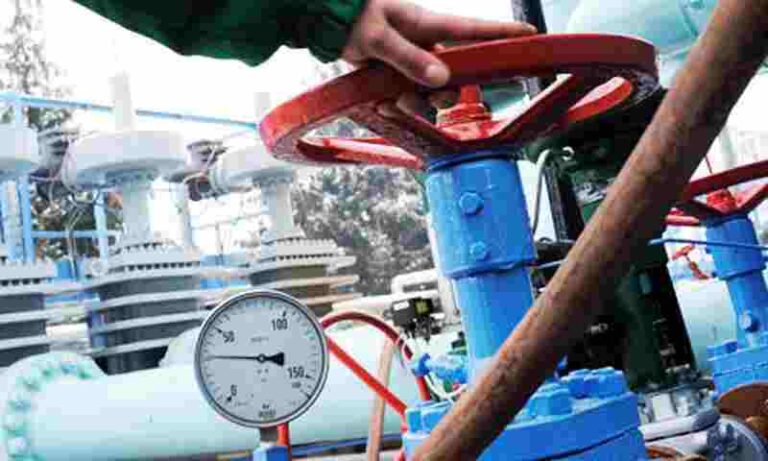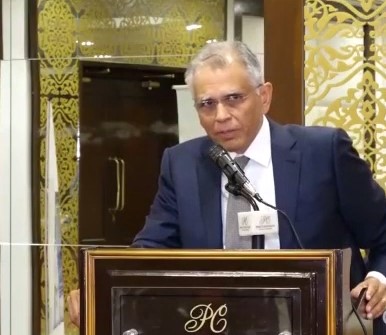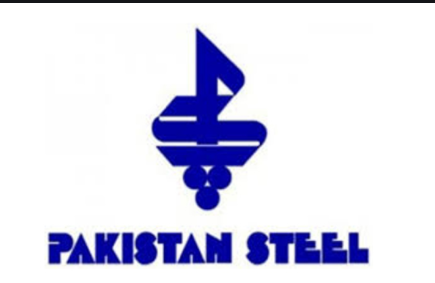HEVs are an immediate solution to cut import bill: Ali Asghar Jamali
The HEVs are an immediate solution as they can consume less foreign exchange and reduce CO2 and Oil import bills while there will be no infrastructure investment, said Ali Asghar Jamali, CEO of IMC.
Some other advantages of HEVs include cleaner emissions as compared to the internal combustion engines as the hybrid cars employ both electric and internal combustion engines so the result is a reduction in emissions.
Less fuel dependency is another benefit of HEVs as with an electric motor to support the primary petrol engine, there is additional power available, and therefore, there is less dependency on fossil fuels.
Moreover, smaller engines don’t have to power the hybrid car alone since there is an electric motor while petrol engines used in hybrid cars are smaller in size and comparatively fuel-efficient.
Besides, every time the brake is applied in a hybrid vehicle, the electric generator generates electricity and recharges the battery and this eliminates the need to stop the vehicle to charge the battery pack.
On the other hand, the promotion of EVs will have a negative impact on the local auto industry and the national economy considering the ground realities.
It is to be noted that the highest vehicle electrification rate is in Europe and EU electricity generation is mostly based on renewable and nuclear but in Pakistan, electricity generation is based on fossil fuels with 25% line losses.
“Therefore, the EVs will increase LNG, Coal, and Crude Oil imports while heavy investment will be required for improving the distribution system and installing charging infrastructure,” said Ali Asghar Jamali, CEO of IMC.
He added that diversified policy alternatives will help both the government and policymakers if the auto industry is allowed to ascertain the best course of action for the country.
It is worth adding here that the global prediction for HEV and PHEV penetration is 65% due to the lower-cost option while BEVs are concentrated in high-income group countries like Germany, France, Netherland, etc.
“The foreign exchange will be drained more in case of promoting BEVs while EVs will generate more CO2 and consume more Foreign Exchange due to battery degradation,” said Ali.
He added that the cost comparison of BEVs and HEVs clearly shows that BEVs are 55% more expensive than ICE of the same brand while HEVs and PHEVs are 15% to 25% more expensive.
It is to be noted that 65% of electricity generation in Pakistan is from thermal sources and BEVs charged from this thermal power source will emit more CO2 per km (530 gm/kWh) as compared to HEVs while the higher C&F cost will also hit the economy.
Besides, the electricity tariff for charging BEVs, HEVs, and ICE also shows the higher cost of charging against HEVs as the IESCO’s commercial tariff of Rs 40 kWh translates into the cost of Rs. 9.3 per kilometre for ICE and Rs. 5 per kilometre for HEV.
The battery degradation of BEVs against HEVs is another factor why HEVs are a better option for Pakistan as BEV battery degradation comes to 3% to 5% each year and gradual degradation of 50% nullifies the running cost advantage of BEVs.
In addition, the GHG emissions also increase due to frequent charging requirements while battery replacement is very expensive and no 3R facility is available as yet.








